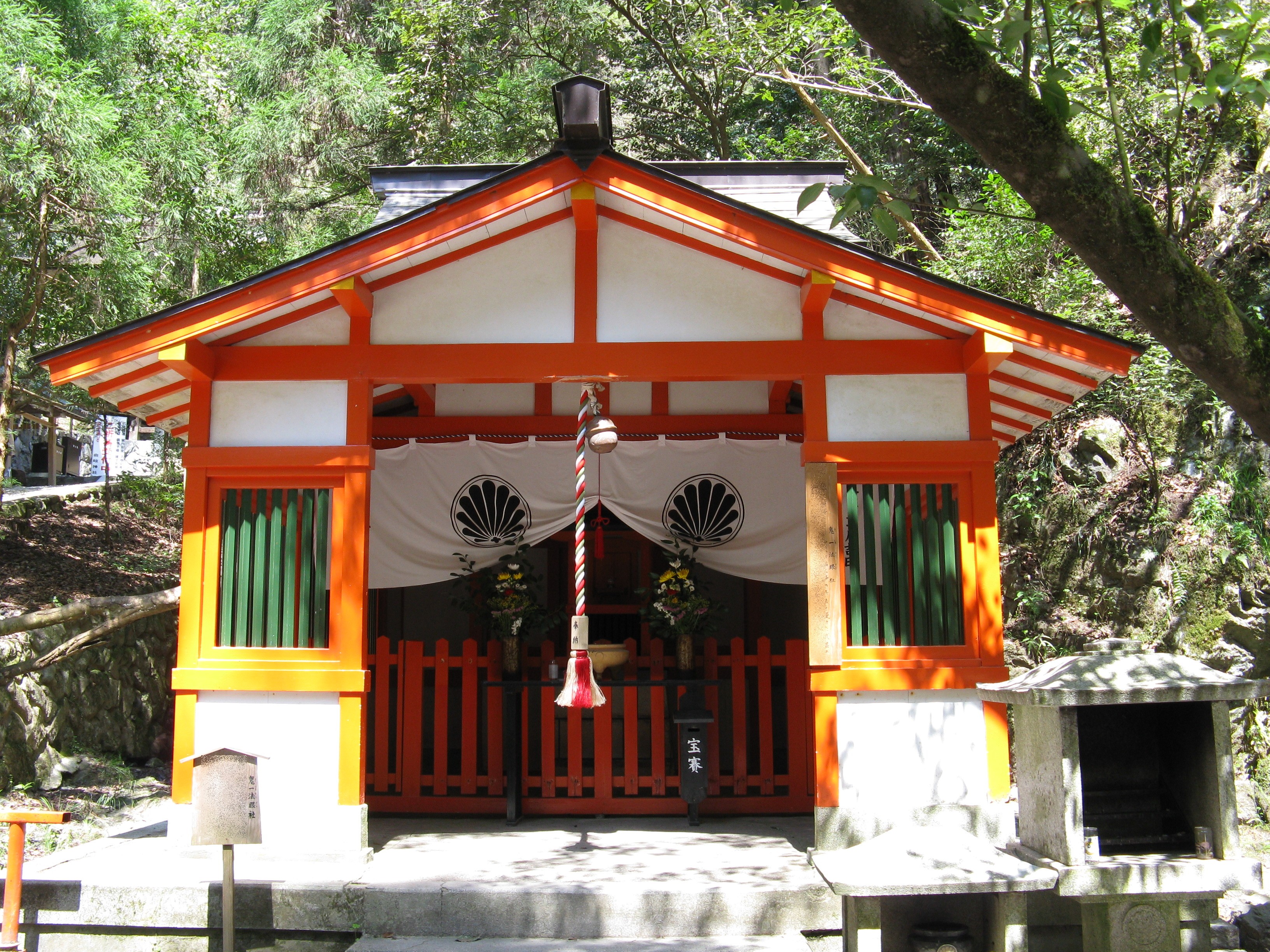Kiichi Hōgen on:
[Wikipedia]
[Google]
[Amazon]
Kiichi Hōgen and fellow poet Oumaya Kisanta
Kiichi Hōgen (jp. 鬼一法眼) is a legendary Japanese monk and warrior from the 1100s who appeared in " In
In
Gikeiki
The or ''Chronicle of Yoshitsune'' is a Japanese gunki monogatari ("war-tale") that focuses on the legends of Minamoto no Yoshitsune and his followers. It is the oldest extant collection of stories concerning Yoshitune's boyhood and fugitive ye ...
", a military epic about the life of Minamoto no Yoshitsune
was a commander of the Minamoto clan of Japan in the late Heian period, Heian and early Kamakura period, Kamakura periods. During the Genpei War, he led a series of battles that toppled the Ise-Heishi branch of the Taira clan, helping his half-br ...
, written in the early Muromachi period
The , also known as the , is a division of Japanese history running from approximately 1336 to 1573. The period marks the governance of the Muromachi or Ashikaga shogunate ( or ), which was officially established in 1338 by the first Muromachi ...
. Hōgen is a honorific title for a monk, not a name, with Kiichi Hōgen literally meaning "First Demon Priest".
He was an onmyoji who resided at Horikawa-dori in Heian-kyō
Heian-kyō was one of several former names for the city now known as Kyoto. It was the official capital of Japan for over one thousand years, from 794 to 1868 with an interruption in 1180.
Emperor Kanmu established it as the capital in 794, mo ...
(Kyoto), and was an authority on the magical art of warfare called Rikuto-heiho. It is believed that he excelled both in academics and military arts. A well-known legend has it that Yoshitsune stole Kiichi's family heirloom military book '' Rikuto'' in collaboration with Kiichi's daughter, Minazuru-hime. Due to his legendary status, he is sometimes identified with Kurama Tengu, also a sage (a tengu
''Tengu'' ( ; , , ) are a type of legendary creature found in Shinto belief. They are considered a type of ''yōkai'' (supernatural beings) or Shinto ''kami'' (gods or spirits). The ''Tengu'' were originally thought to take the forms of bird of ...
instead of a human) of Mount Kurama
is a mountain to the north of the Japanese city of Kyoto. It is the birthplace of the Reiki practice, and is said to be the home of Sōjōbō, King of the Tengu.
Kurama is also the location of the annual , which takes place every October.
i ...
credited in some versions with teaching the young Minamoto no Yoshitsune swordsmanship, tactics, and magic.
He is revered as the founder of (eight styles considered the inspiration to all swordsmanship in West Japan, and the combat techniques Kiichi taught his eight best disciples, including Minamoto-no-Yoshitsune) school of swordplay and as the deity of swordplay. His teachings, often taken from Rikuto (such as the quote ''If it comes meet it, if it leaves, send it on its way, if it opposes then unify it. 5 and 5 are 10, 1 and 9 are 10, 2 and 8 are 10. The large suppresses all, the small enters the microscopic. The power of life and death'') continued to influence further martial arts, eg. with Hōgen being credited by Morihei Ueshiba
was a Japanese martial artist and founder of the Japanese martial art, martial art of aikido. He is often referred to as "the founder" or , "Great Teacher".
The son of a landowner from Tanabe, Wakayama, Tanabe, Ueshiba studied a number of ...
, founder of aikido
Aikido ( , , , ) is a gendai budō, modern Japanese martial art which is split into many different styles including Iwama Ryu, Iwama Shin Shin Aiki Shuren Kai, Shodokan Aikido, Yoshinkan, Renshinkai, Aikikai, and Ki Aikido. Aikido is now practic ...
.
He is a main character of a jidaimono '' Kiichi Hōgen sanryaku no maki'', written in 1731 by Hasegawa Senshi(長谷川千四) and Matsuda Bunkōdō (和田文耕堂) for the Takemoto-za
The Takemoto-za () was a ''bunraku'' theatre in Osaka, founded in 1684 by Takemoto Gidayū. Plays by many famous playwrights were performed there, including works by Chikamatsu Monzaemon, Namiki Sōsuke, and Takeda Izumo I. Many of the playwright ...
. The play originally had five acts, but only two main parts have survived: "Kikubatake" ("The Chrysanthemum Garden"), the main scene of the 3rd act, and "Ichijō Ōkura Monogatari", the core of the 4th act. The final act, "Gojō no Hashi" is rarely performed.
 In
In Sakyō-ku, Kyoto
is one of the eleven Wards of Kyoto, wards in the Municipalities of Japan, city of Kyoto, Kyoto, Kyoto, in Kyoto Prefecture, Japan. It is located in the northeastern part of the city.
History
The meaning of ''sakyō'' (左京) is "on the Em ...
, next to Kurama Elementary School in Kuramahonmachi, there is a stone monument 'Kiichi Hōgen historic site' which is said to be the site of Kiichi Hōgen's mansion and tomb. It was erected on November 10, 1918 by Kurama school staff.
In addition, there is a shrine Kiichi hōgen sha, in the precincts of Kurama-dera
is a temple in the far north of Kyoto, Japan which houses some National Treasures of Japan. It was a member of the Tendai sect and subordinate to Shōren-in from the 12th century until 1949 when it founded its own religious body. The object of wo ...
, visited often by people wishing for improvement in the martial arts.
References
See also
*Oshizamurai Kiichihōgan
also known as The Mute Samurai is a Japanese television ''jidaigeki'' or period drama, that was broadcast in 1973–1974. The lead star is Tomisaburo Wakayama, his younger brother Shintaro Katsu also appeared and directed episode 1. It is based o ...
{{DEFAULTSORT:Kiichi Hōgen
Onmyōji
Japanese swordfighters
People of the Heian period
Deified Japanese men
Japanese legends